I'm writing a Flutter web/mobile calendar application / todo list, the main feature of which is a long list of items (appointments, tasks, and the like).
Much of the time, the list won't be longer than a few hundred items. But it should be able to scale to thousands of items, as many as the user wants. Not too hard to do should the user make many repeating items. I'm using ReorderableListView.builder to virtualize the list. The part I'm struggling with is when to load the list data and how to store it.
Important: When the user picks a day, the list can jump to somewhere in the middle... and can scroll back to the top of the list.
The easiest thing to do would be to just load all data up to the users position. But this means storing a potentially very large list in memory at best, and in the web application it means requesting way more data than is really needed.
A good summary of the problem might be: Jumping to particular day is more challenging than jumping to a known index on the list. It's not easy to know what an item's index would be in a fully constructed version of the list without fully constructing the list up to that item. Yes, you can get items at particular date, but what if you wanted to get fifty items before a particular date, and fifty items after a particular date (useful for keeping scrolling smooth)? There could be a huge gap, or there could be a whole ton of items all clustered on one day.
A complication is that not all items in the list are items in the database, for example day headers. The day headers need to behave like regular items and not be attached to other items when it comes to the reordering drag animation, yet storing them as records in the database feels wrong. Here's an image of the web application to give you some idea:
